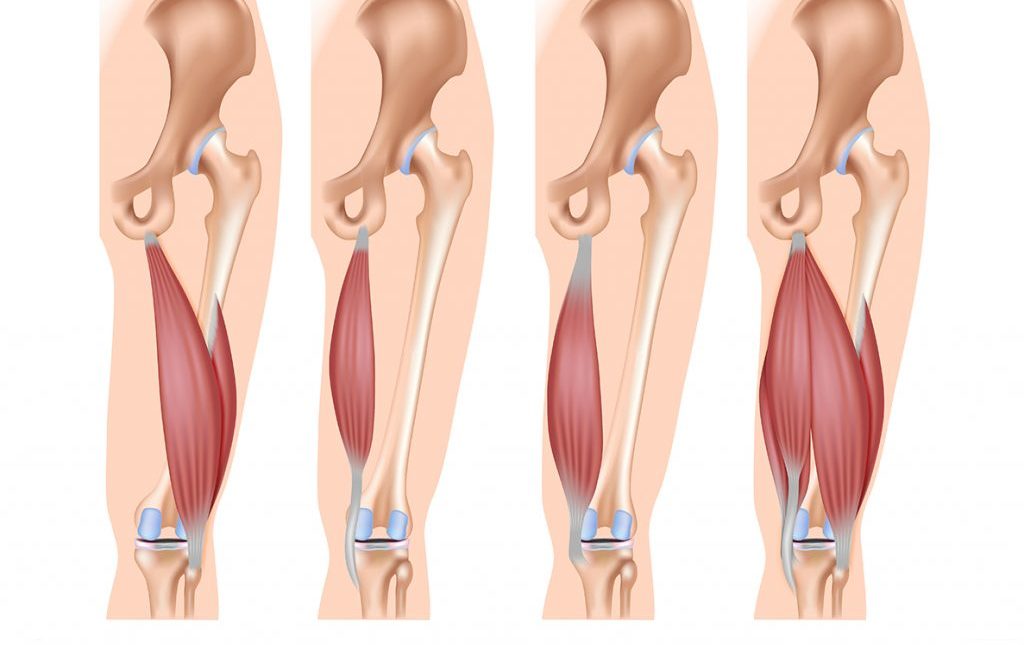A hamstring strain is a common injury characterized by a tear or stretching of the muscles or tendons at the back of the thigh. It can occur during activities that involve explosive movements, such as sprinting, jumping, or sudden changes in direction. Hamstring strains are graded based on the severity of the injury, ranging from mild to severe.
Managing a hamstring strain requires a comprehensive approach to promote healing, reduce pain and inflammation, and restore function and strength to the injured muscles. Physiotherapy plays a crucial role in the treatment process, helping individuals recover from a hamstring strain and prevent future injuries.
The treatment of a hamstring strain typically involves the following 5 stages of rehab:
- Pain management: The initial focus is on managing pain, reducing inflammation, and promoting healing. Physiotherapists may employ techniques such as manual therapy, soft tissue mobilization, and modalities including ice therapy to alleviate pain and swelling. They may also recommend the use of assistive devices, such as crutches, to offload the injured leg during the acute phase.
- Range of motion: Once pain and inflammation are under control, the emphasis shifts to restoring normal range of motion in the injured leg. Physiotherapists prescribe gentle stretching and range of motion exercises to improve flexibility and prevent stiffness. These exercises aim to gradually increase the mobility of the hamstring muscles and surrounding structures.
- Motor control: This stage focuses on improving motor control and neuromuscular coordination of the injured leg. Range Physiotherapists will prescribe specific exercises that target the hamstring muscles, as well as the hip and core stabilizers. These exercises aim to improve muscle activation, balance, and coordination, promoting optimal movement patterns and reducing the risk of re-injury.
- Strengthening: Strengthening the hamstring muscles and the surrounding musculature is crucial for restoring function, stability, and preventing future strains. Range Physiotherapists will design a personalized exercise program that targets the hamstring muscles, as well as the hip extensors and core muscles. These exercises may include progressive resistance exercises, such as bridging, squats, lunges, and nordic hamstring curls to gradually build strength and endurance.
- Maintenance and prevention: The final stage focuses on maintaining the gains achieved through rehabilitation and implementing strategies to prevent future hamstring strains. Range Physiotherapists will provide guidance on appropriate warm-up and cool-down exercises, stretching routines, and proper technique during activities. They may also educate individuals on gradual return to sport or activity, including modifications and progressions to minimize the risk of re-injury.
In addition to physiotherapy, other treatment options for hamstring strains may include anti-inflammatory medications, the use of supportive braces or compression garments, and in some severe cases, injection or surgical intervention.
It is important to work closely with a qualified physiotherapist who specializes in treating hamstring strains. Range Physiotherapists will assess the individual’s condition, develop a tailored treatment plan based on the stages of rehab, and monitor progress throughout the rehabilitation process. With proper treatment, exercises, and adherence to preventive strategies, individuals with a hamstring strain can experience a successful recovery, improved strength, and a reduced risk of future injuries.
For more information regarding hamstring strains please see: https://www.physio-pedia.com/Hamstring_Strain?utm_source=physiopedia&utm_medium=search&utm_campaign=ongoing_internal


